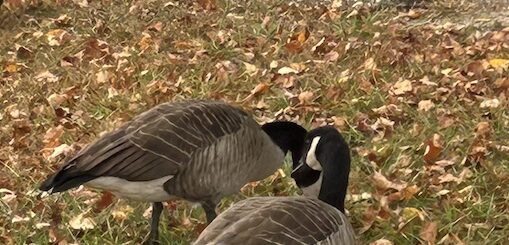Prague, Czech Republic
Prague, Czech Republic
One of the best things about traveling is the knowledge you get in return. Visiting new places and learning more about the world is inspirational. After a great deal of fun and learning, we returned to Vienna while visiting Budapest, Vienna, and a short day trip by boat to Bratislava. The following day, we proceeded from Vienna to Prague. Our apartment was not too far from the station. The apartment was beautifully decorated and furnished with all the amenities. We were excited about the prospect of a very comfortable and enjoyable stay while in Prague. The most enduring thing about Europe is its fascinating history. Each city has its own story. Here was the exciting opportunity to explore Prague and its history and culture.



I am doing a blog about Prague now, though it has been a while since we were there. Undoubtedly, a lot has changed in terms of progress in all areas of life as expected over the years. All the progress would obviously result in more tourists, higher prices, technological innovations, and cultural advances stemming from it. But, I am sure, the way we have seen Prague as a gorgeous, medieval-style city with its rich history is still the same. Today, nobody doubts that technology and travel go hand in hand, which plays a crucial role in traveling. Internet facilitates the destination choices and gives way to a new context where social media and blogs have an important part to play. Reading about past experiences, such as this, should help attract people, especially millennials, to plan their travel destinations. I hope it also entices people like us, who have already been there, to revisit this beautiful city.
Following this, I am going to share our sightseeing experience in Prague.

St. Nicholas Church was originally a gothic church from 1283, but its Baroque 79 m dome was built later.

One of the most impressive Gothic religious buildings in Prague was built from the mid-14th to early 16th centuries. The cathedral serves as an extensive gallery of Gothic, Renaissance and Early Baroque works, the most interesting of which include altar paintings by Karel Skeréta and the tomb of the astronomer Tycho Broach. The organ, dating from 1673 is the oldest in Prague.
The official Tourist Website for prague

The world-famous Existential writer and Philosopher Franz Kafka was born on July 3, 1883, and left many footprints across Prague.
As a boy, Kafka lived in the house “At the Minute,” the black and white building part of the Town Hall just across from the Astronomical Clock. But he later lived with his sister at the Golden Lane 22 and did most of his writings in her front room. This room now houses a book store for tourists and is a top-rated tourist attraction. The Blue House in the image above is Golden Lane 22, which we had the good fortune to visit.

This Equestrian Statue of King Vaclav 1, or St. Wencelas, patron saint of Bohemia, stands in front of the National Museum in Prague. The museum is on the southeastern end of the Vaclavské Nam, which is a fashionable boulevard.

We are sitting on one of the benches facing the Equestrian Statue. And right in front of us is the memorial for Jon Palach, who publicly burned himself to death on January 16, 1969. Jon Palach, Charles University Philosophy student, set fire to himself in Wenceslas Square in protest against the Soviet occupation of Czechoslovakia. When Alexander Dubcek, first secretary of the Communist Party of Czechoslovakia, started liberal reforms, the Soviet Union cracked down on his reformist trends by invading and occupying Czechoslovakia in August 1968.


Powder Gate is a part of the fortification of the old town, founded by Vladislav of Jagello in 1475. The unfinished building was provided with a temporary roof and, in the 17th century, served as a store of gun powder. Its rich decoration was damaged by the Prussians in 1757. But it was repaired and completed by J. Mocker in 1886.

Prague’s Old Town Square is in the heart of the city. Hundreds of people milled around regardless of the time of the day. But the crowds are particularly huge every hour, on the hour while its gothic Astronomical clock provides entertainment with its parades of Apostle and bell-ringing skeletons. It is fascinating to be there watching the show and sort of thrilling to be a part of the immense crowd. The video below gives a perfect idea of what goes on. Kafka’s original house is also in plain view from that spot.

The Hall of Mourning of the Burial Brotherhood was built in the years 1906-1908. An old mortuary existed on the place. As bodies have not been buried in the old Jewish cemetery since 1787, burial processions were going from here to the New Jewish Cemetery in Strasnice. Burial ceremonies have taken place here until the beginning of WW1. An exposition of a Jewish museum opened in 1926. Museum of Prague Ghetto was established in 1946 in the building.

Spanish Synagogue, a beautiful building, was built in richly decorated Moorish style. It was built on the site of a former old synagogue, probably the oldest one in Prague.
Somehow Prague has always been a destination in vogue. There is a lot to see and do there. Just to see the main sites would take four to five days. It is a place where you learn and grows as a traveler. We always felt safe wherever we were and had a lot of fun. Prague holds a special place in my heart.












